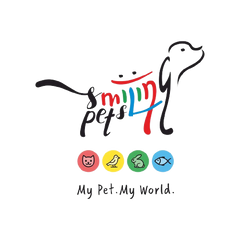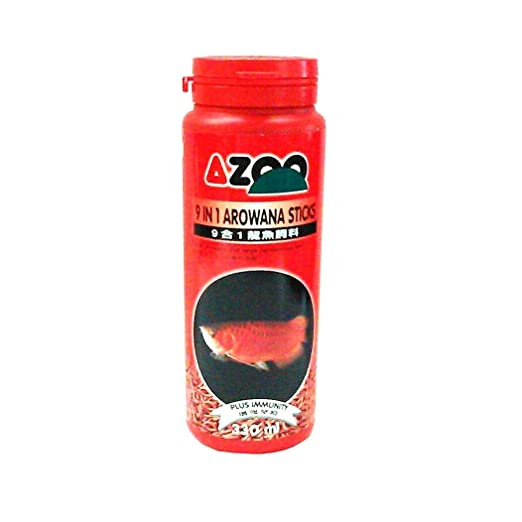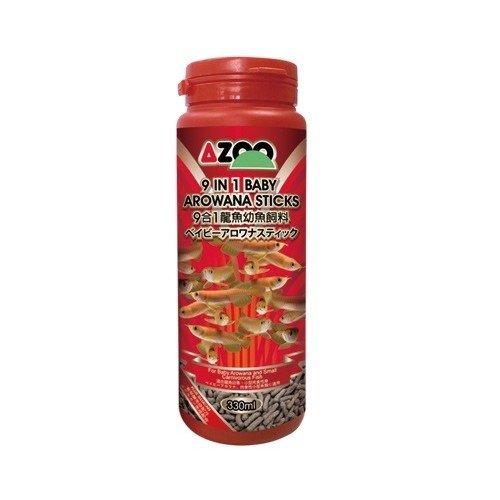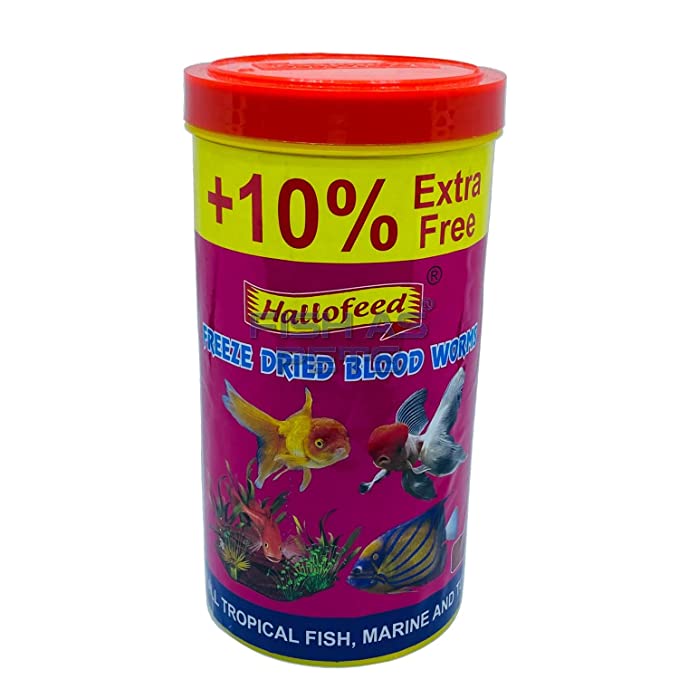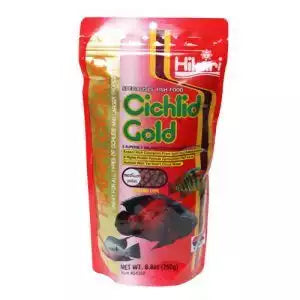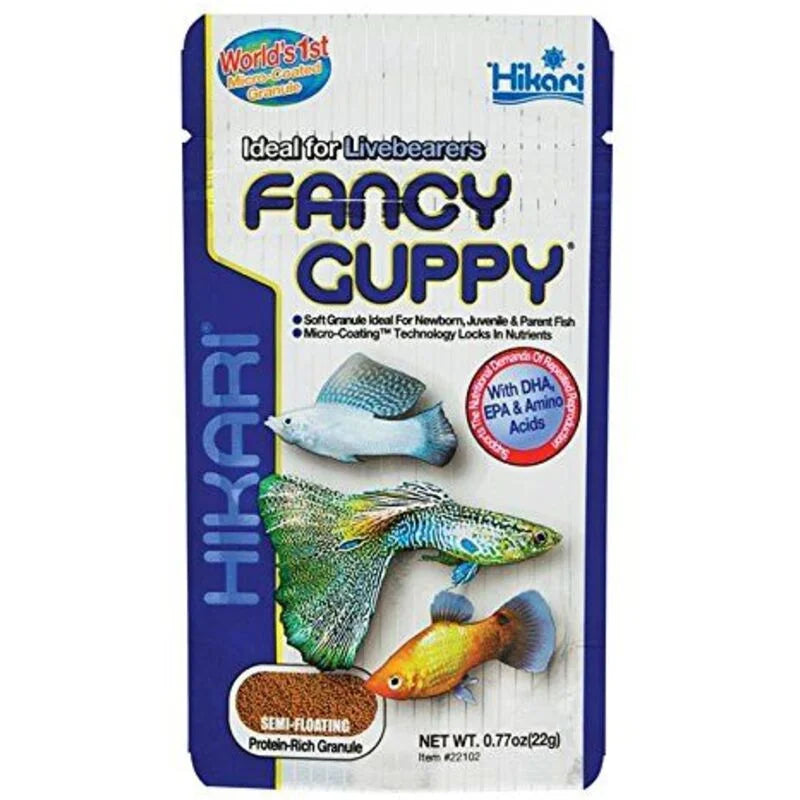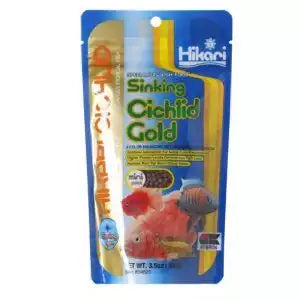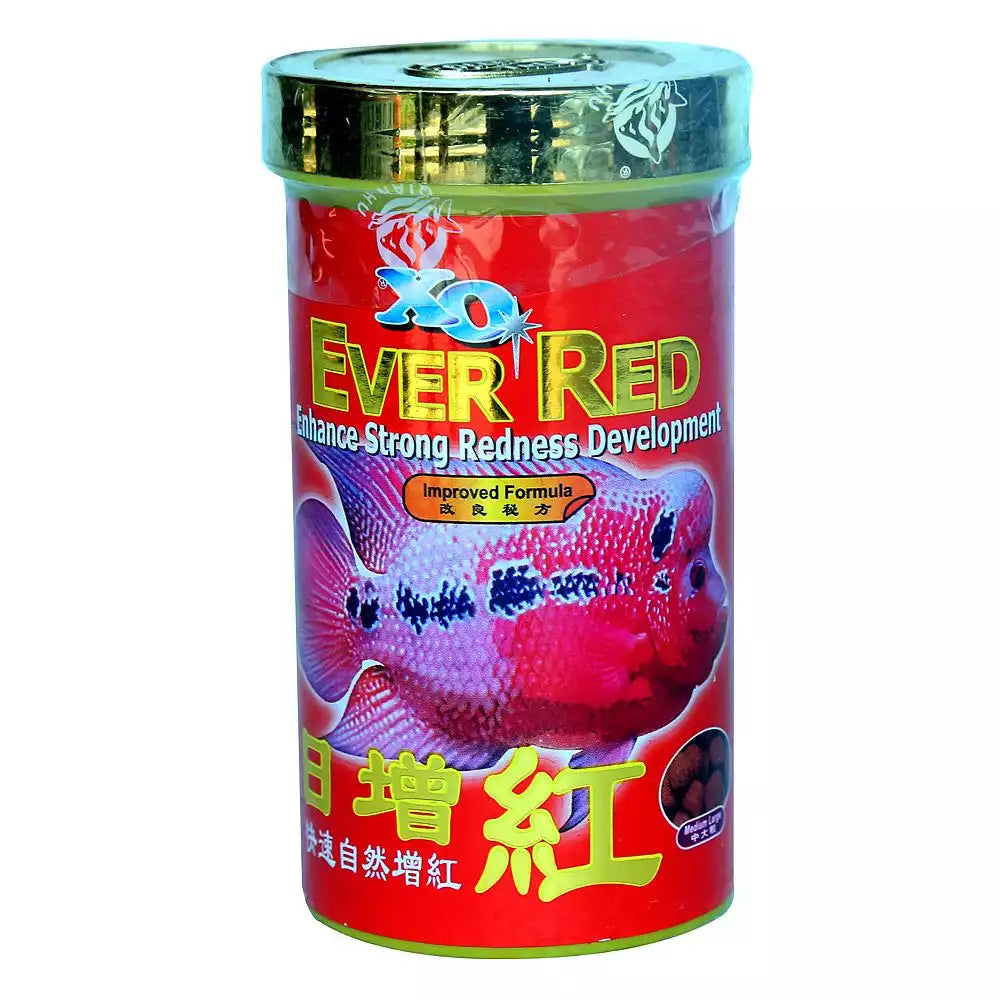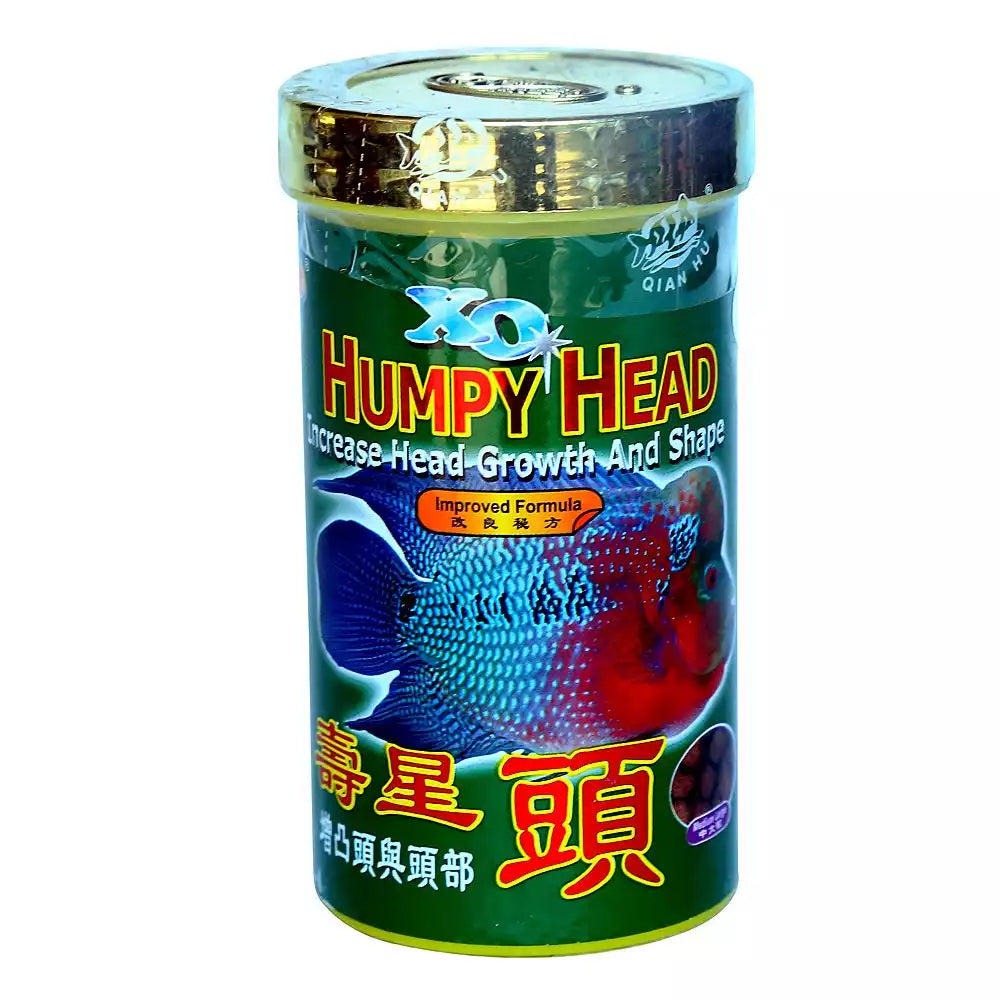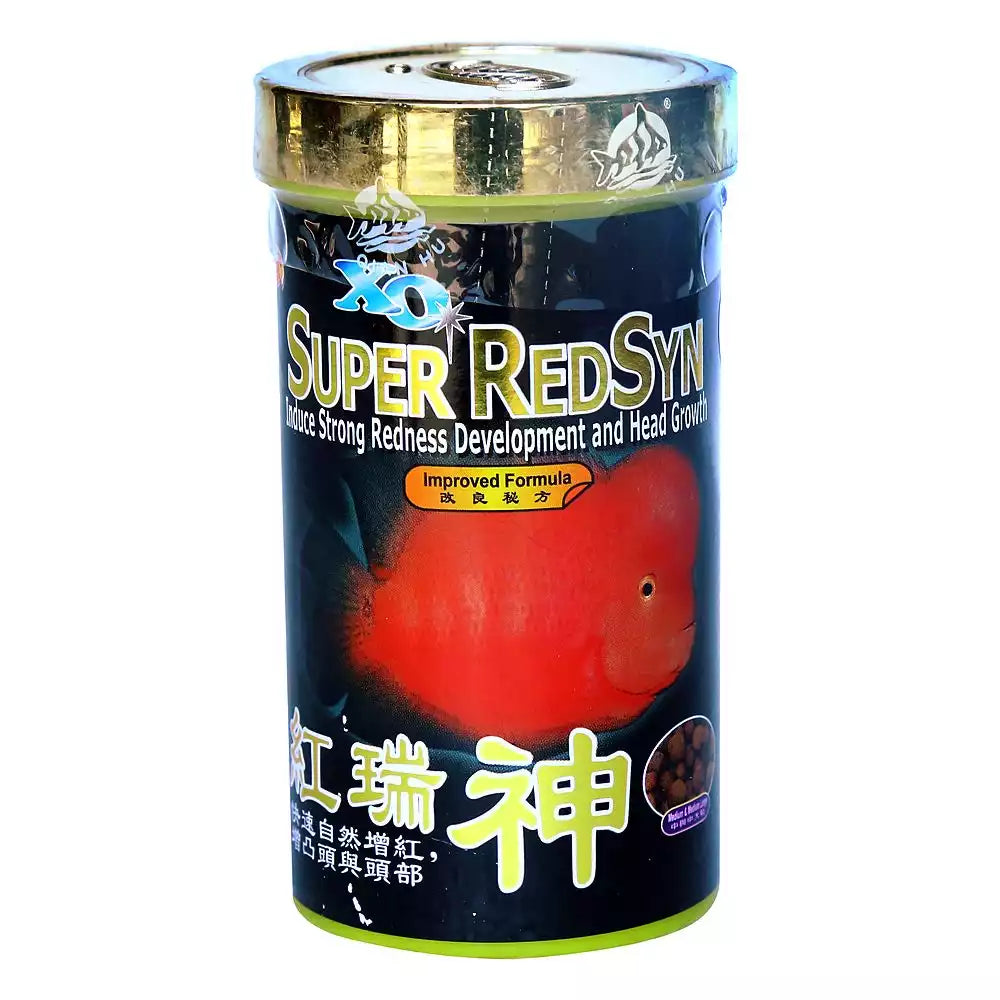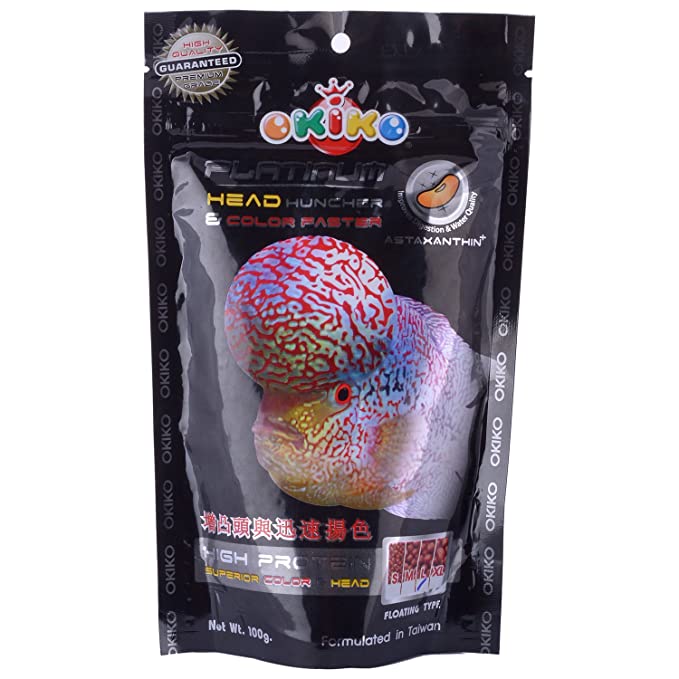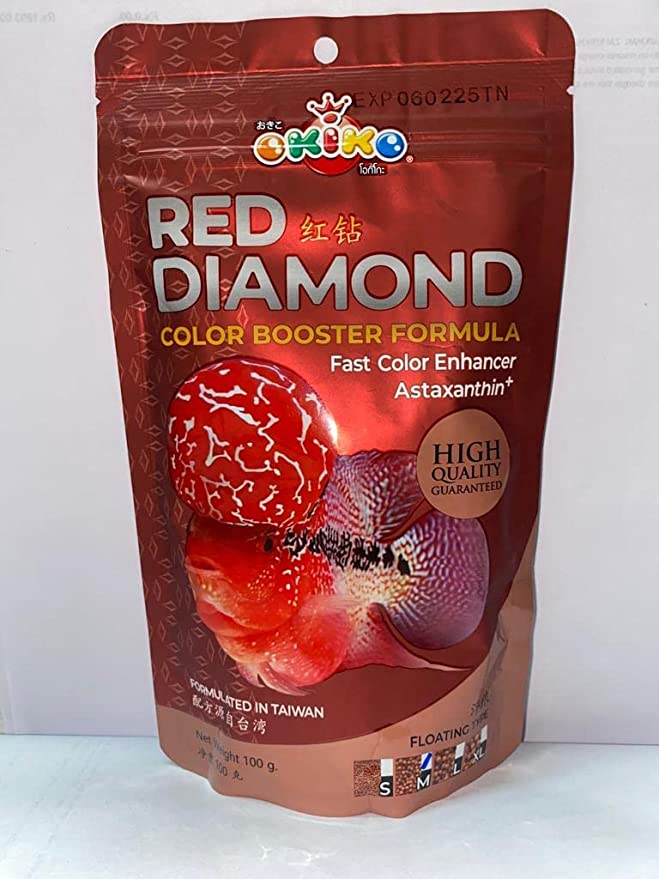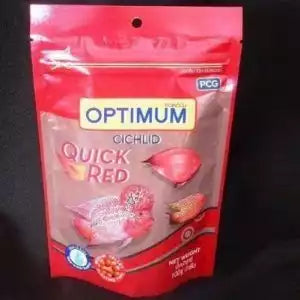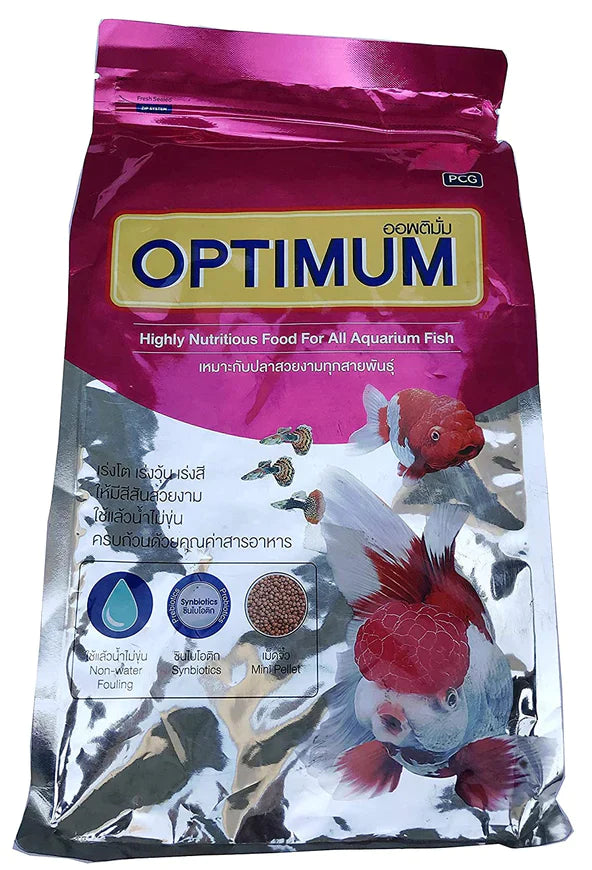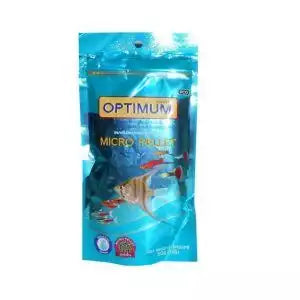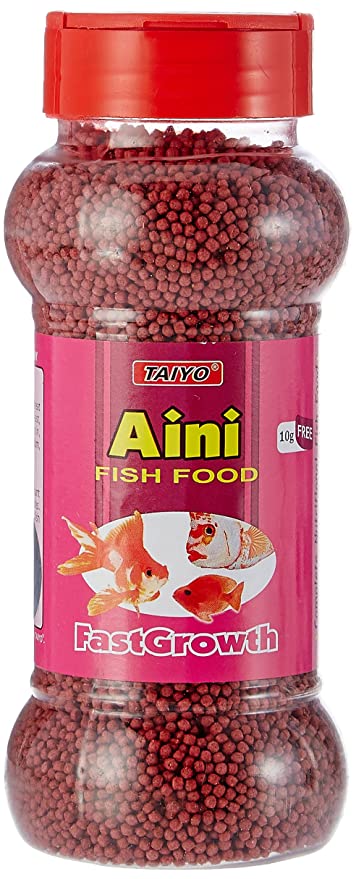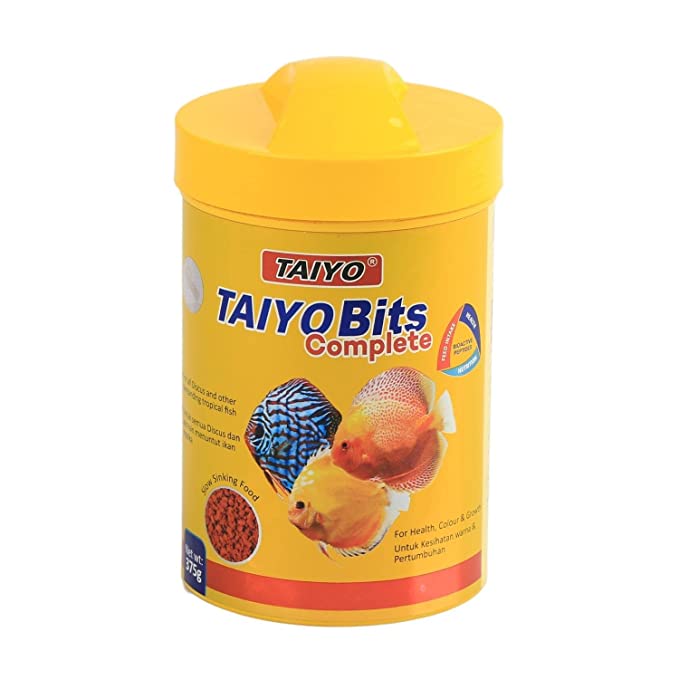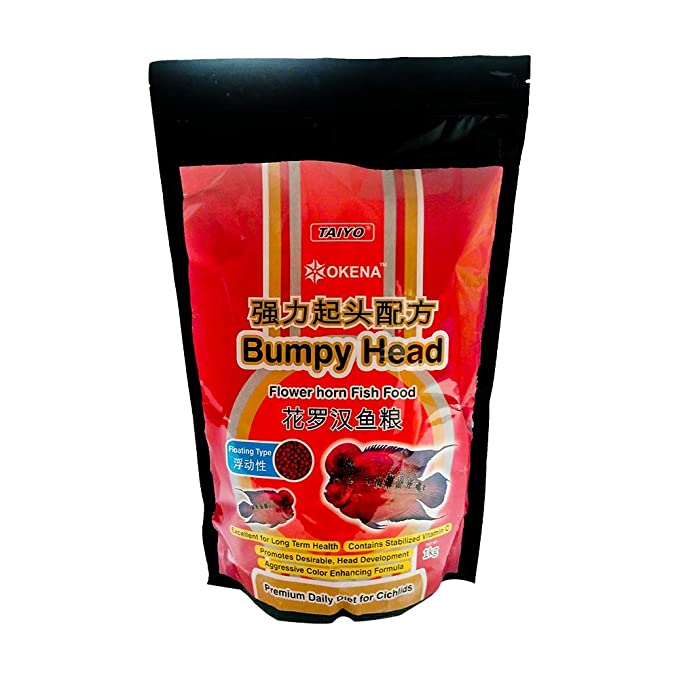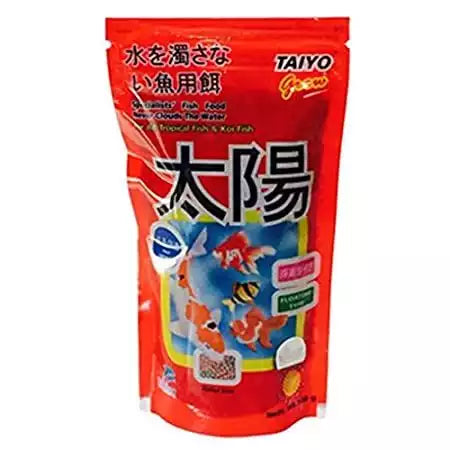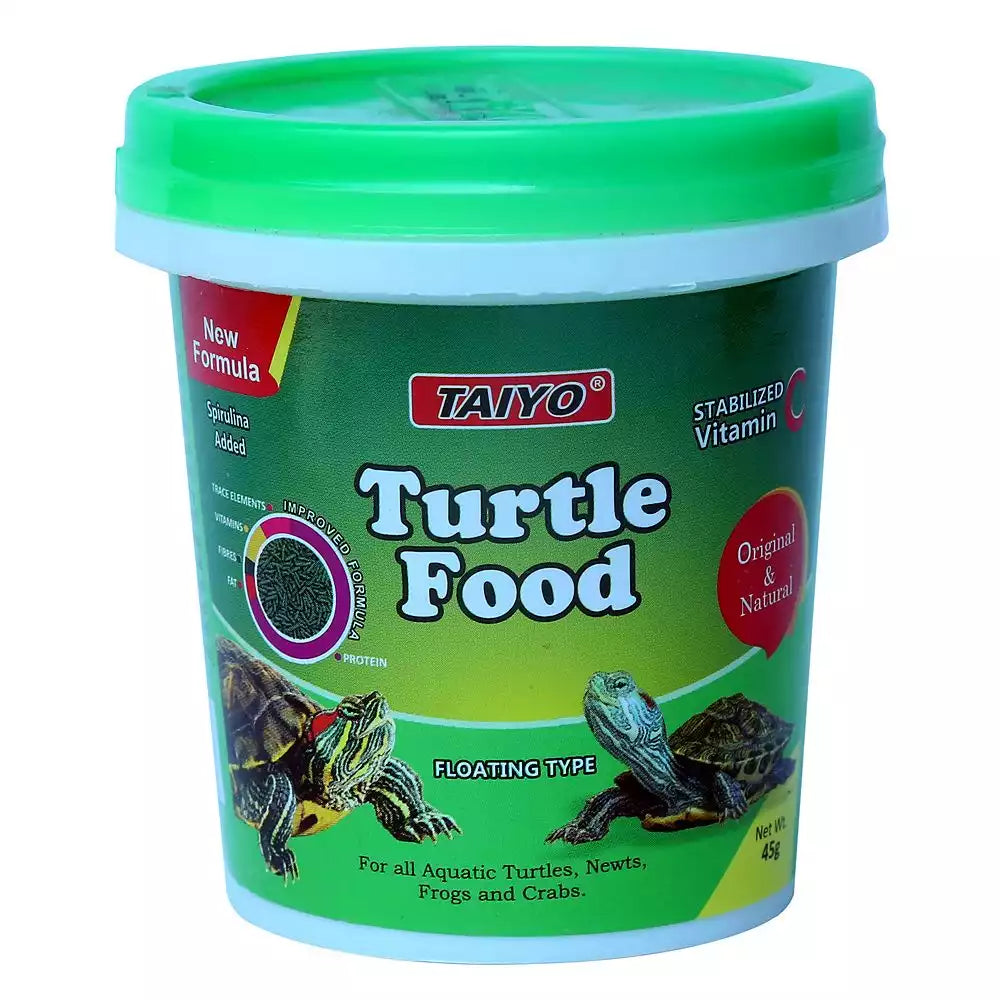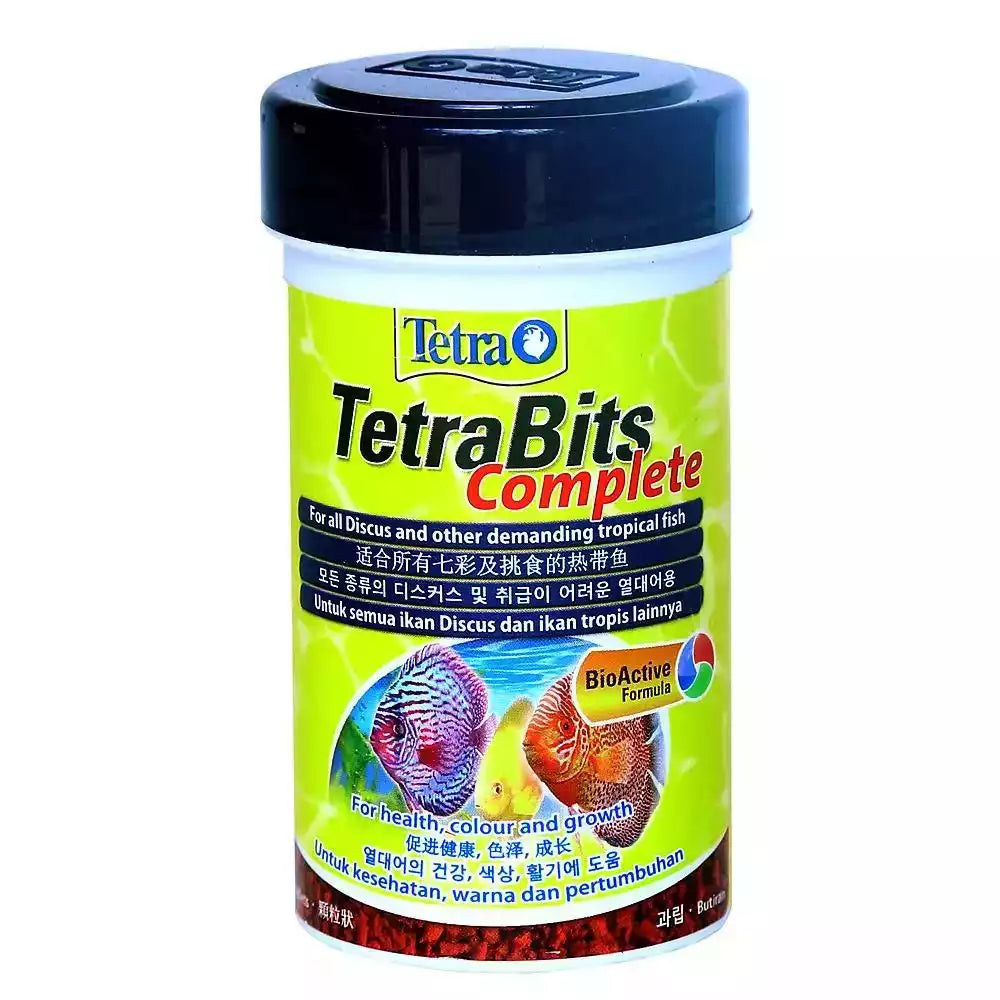Fish Food at Smiling Pets – Nourishing Your Aquatic Friends
Fish food is an essential part of maintaining a healthy and vibrant aquarium, providing the necessary nutrients for fish to thrive. There are various types of fish food available, each catering to specific dietary needs, whether for freshwater, saltwater, or specialized species. Flakes, pellets, freeze-dried, and live foods like brine shrimp or bloodworms offer a variety of textures and nutrients to suit different fish species.
High-quality fish food contains proteins, vitamins, and minerals that promote growth, enhance coloration, and support immune health. Choosing the right fish food and feeding an appropriate amount helps reduce waste in the tank, keeping the water clean and supporting a balanced aquatic environment.
Types of Fish Food Available at Smiling Pets
Optimum Fish Food
Optimum fish food is specially formulated to meet the diverse nutritional needs of aquarium fish, promoting their health, color vibrancy, and growth. Made with high-quality ingredients, it includes essential proteins, vitamins, minerals, and fats that are critical for the well-being of various fish species.
Optimum fish food also offers a balanced diet that helps strengthen immunity, enhances digestion, and minimizes waste production in the aquarium. With options tailored for specific types of fish, such as tropical, goldfish, or cichlids, it ensures that each fish receives a diet suited to its natural dietary habits. Additionally, Optimum fish food is designed to be easily digestible, helping fish absorb maximum nutrients while keeping the water cleaner, thereby creating a healthier environment for the entire aquarium.
Flake Food
Flake food is one of the most popular types of fish food, particularly for freshwater fish. It is easy to use, floats on the water surface, and is available in a variety of formulations to cater to different species. Whether you have bettas, tetras, or guppies, our selection of flake food provides essential vitamins and minerals to keep your fish healthy and vibrant.
Pellet Food
Pellet food is another excellent choice for feeding your fish. Available in various sizes, pellets are suitable for both freshwater and saltwater species. They are formulated to sink slowly, making them ideal for fish that feed at different levels in the aquarium. Our pellet food options ensure that your fish receive a balanced diet with the necessary nutrients for growth and development.
Freeze-Dried and Frozen Food
For fish that require a more varied diet, freeze-dried and frozen foods offer a great alternative. These foods, such as bloodworms, brine shrimp, and daphnia, provide essential proteins and fats that enhance your fish's color and vitality. Smiling Pets offers a selection of high-quality freeze-dried and frozen fish foods that are perfect for supplementing your fish's regular diet.
Specialty Fish Food
Certain fish species have specific dietary requirements. At Smiling Pets, we carry specialty fish food designed for various species, including herbivorous fish, cichlids, and marine fish. These specialized formulations cater to the unique nutritional needs of your fish, ensuring they receive a balanced and complete diet.
Why Choose Fish Food from Smiling Pets?
High-Quality Ingredients
We understand that the health of your fish is paramount, which is why we offer fish food made from high-quality ingredients. Our selection features reputable brands that prioritize natural, nutrient-rich components, free from fillers and artificial additives. This commitment to quality helps ensure that your fish receive the best possible nutrition for optimal health and growth.
Wide Variety of Options
At Smiling Pets, we believe in catering to every fish keeper's needs. Our extensive range of fish food covers everything from general maintenance diets to specialized formulas for specific species. Whether you have a community tank, a reef aquarium, or a breeding setup, you’ll find the right food to suit your aquatic friends.
Competitive Prices and Special Offers
Quality fish food doesn't have to be expensive. Smiling Pets is dedicated to providing our customers with affordable prices on all fish food products. Look out for our special promotions and discounts, making it easier for you to provide your fish with the nutrition they need without overspending.
Convenient Online Shopping and Fast Delivery
With our user-friendly online store, buying fish food has never been easier. Browse our extensive selection from the comfort of your home, place your order, and enjoy fast delivery straight to your door. Our reliable shipping ensures that your fish food arrives fresh and ready to nourish your aquatic companions.
Conclusion, Providing your fish with the right nutrition is essential for their health and well-being, and at Smiling Pets, we make it easy to find the best fish food for your aquatic friends. With a wide range of high-quality options available, you can trust that you’re giving your fish the nutrition they need to thrive. Shop online at Smiling Pets today and discover the perfect fish food to keep your aquarium vibrant and healthy.


